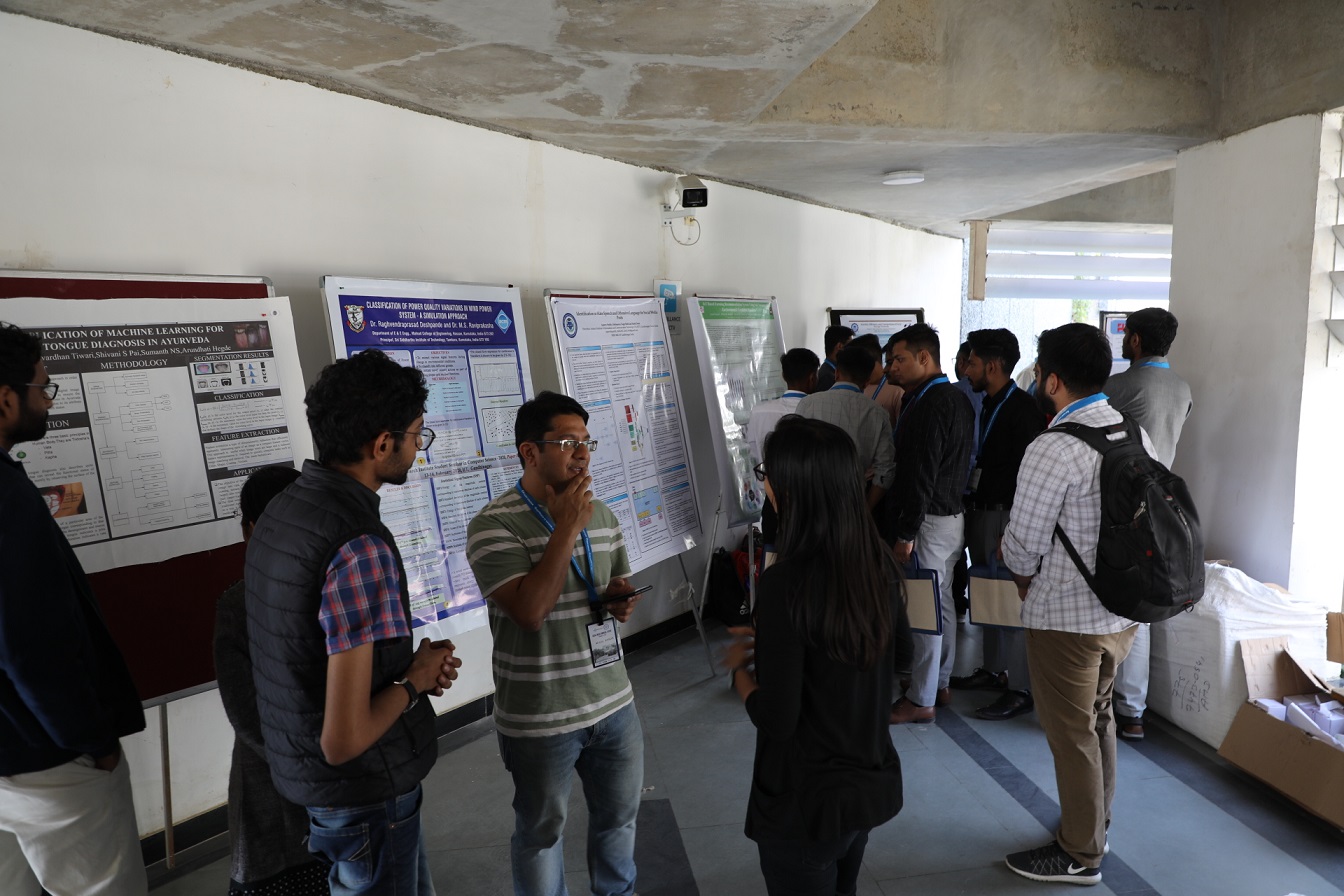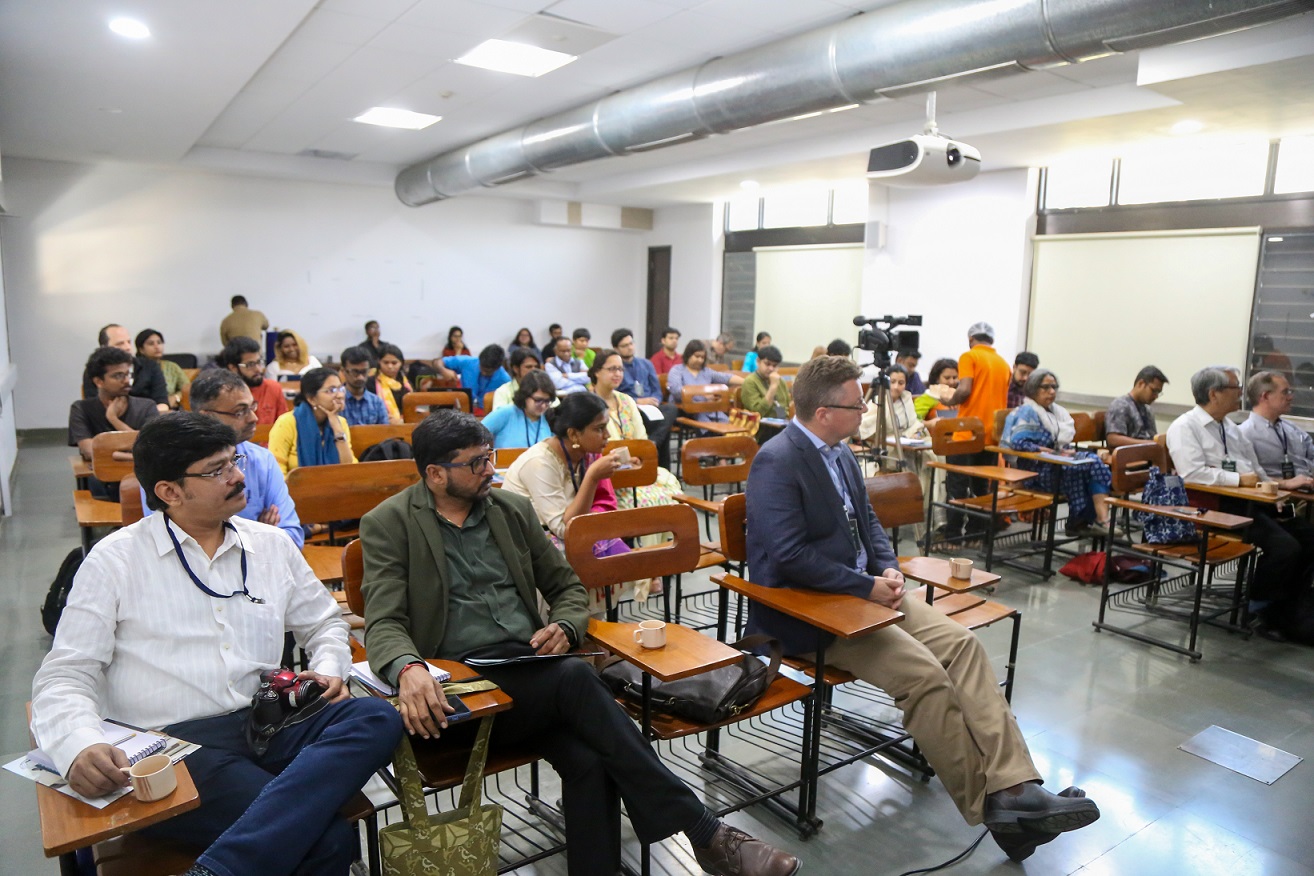At Groningen University in 2018, the scientists converted a non-enzymatic protein into a new artificial enzyme by incorporating two catalytic abiological components: unnatural amino acid and a catalytic copper complex. It was the first time that two non-biological elements were used to establish an active site for the enzyme. The study shows that such a synergistic combination is a strong approach to catalysis that usually is beyond the reach of artificial enzymes.
Importance of enzymes
- Enzymes are biological proteins that catalyze several chemical reactions, which mean that stresses are caused at normal temperature, under the mild conditions of a living organism.
- Contradictory to that many industrial catalysts react only in extreme conditions.
- As enzymes are not available for all chemical reactions it is difficult to use them for catalysis.
- The solution to this is to create a new enzyme if it is not present.
- There are two ways to do it. One we can change the existing enzyme in order to make it work or we can create a new one.
Catalytic Group
- According to the researchers, the concern with the first solution is that this requires reducing enzyme efficiency.
- The first enzyme that was developed was a non-enzymatic protein with a bacterial transcription factor LmrR that could form non-biological hydrazone structures following the addition of artificial amino acid p-aminophenylalanine.
- The same non-enzymatic LmrR protein was used further by Roelf and his postdoc Zhi Zhou and two catalysts were added to it. Two such was the same abnormal amino acid p-aminophenylalanine and the other was a complex copper.
- Both abiological catalytic components can activate the reaction partners for the classic Michael addition reaction, which is commonly used in organic chemistry to create carbon-carbon bonds but must be in the right position in order to successfully complete the reaction.
- Adding these both in a single test tube won’t work. They will cancel each other if they are brought too close.
Sidechain
- Roelfes explains the position of the copper-containing complex is determined when it gets attached to the doughnut-shaped LmrR protein through supramolecular bonds.
- Using this know position, it was determined where to insert the p-aminophenylalanine into the protein to establish an active site. The catalytic component of that amino acid is an aniline side chain.
- Roelfes knew from his experience in organic chemistry that this aniline side chain could be useful for catalysis and could see that it could be easily combined with copper catalysis.
- With this idea, the scientists formed a new enzyme that had a highly selective activity for the Michael addition.
- By this time, the researchers adapted the same protein, then attached it to the bacterial protein in the copper complex before adding p-aminophenylalanine.
- Latter’s aniline chain acts as a powerful catalyst for this reaction when combined with copper. Copper is said to be a well-known transitional metal catalyst as it has variable oxidation states which allow them to accept and donate electrons easily.
- Both sites function together to catalyze the reaction partners for the Michael addition reaction. A reaction is known to create bonds between carbon atoms.
- Their perfect positioning is necessary to successfully catalyze reaction as just putting them together doesn’t work. They counteract when coming too close.
- The new enzyme is not ready for practical application yet. However, improvements can be made with standard techniques, such as directive evolution.
The concept behind the Study:
- The important thing was this research had proof of its concept.
- A completely new enzyme was formed by bringing together two unnatural catalysts.
- It is thought that this might serve as a testbed for the synthesis of many new enzyme forms.
- This technique was developed for ordinary chemists to use. However, it involves methods of molecular biology for the incorporation of the unnatural amino acids.
- Due to this research, it became possible to continue forming new synthetic enzymes.
- In order to understand their catalytic mechanisms and to learn how the enzyme functions in relation to the molecular structure, the use of unnatural amino acids coming used for the synthesis of enzymes.
- Scientists have further extended this work to include the use of novel amino acids in enzymes, through genetic code.
- That would make them more environmentally sustainable, reduce the energy input and change the face of chemical reactions.
Credits: Image: Reuben Leveson-Gower
Credit: University of Groningen ( our blogger was inspired by this research undertaken)


